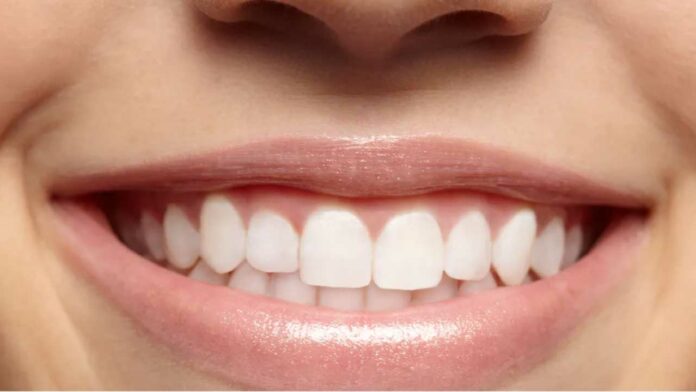Introduction
The human body is a marvel of complexity, and understanding its various components can sometimes lead to confusion, especially when it comes to the question are teeth bones or something different. In this article, we’ll delve into the intricacies of dental and skeletal anatomy to unravel the truth behind this common query.
Understanding Teeth Composition
People often ask, are teeth bones, because teeth and bones share some similarities in composition and function. However, they are fundamentally different structures. To comprehend this dissimilarity, it’s essential to grasp the basic composition of both teeth and bones.
Teeth are fascinating structures, consisting of multiple layers that work together seamlessly. The bulk of a tooth’s structure is made up of dentin, a dense, calcified tissue that provides it with strength and durability. Enamel, the hardest substance in the human body, forms the outer layer of the tooth, shielding it from decay and damage. Cementum, found on the tooth’s roots, anchors it firmly in the jawbone, ensuring stability and support. Lastly, the pulp, located at the center of the tooth, contains nerves and blood vessels, facilitating tooth sensitivity and nourishment.
Bones, on the other hand, are remarkable in their own right. While many wonder are teeth bones due to some similarities, bones are composed primarily of collagen, a fibrous protein that provides flexibility and resilience. Bones also contain calcium phosphate and other minerals that imbue them with strength and rigidity. This unique combination of organic and inorganic components enables bones to support the body’s weight, protect vital organs, and facilitate movement.
Key Differences Between Tooth and Bones
While teeth and bones share some structural similarities, several factors differentiate them.
Biologically, teeth are classified as accessory organs of digestion, whereas bones are considered part of the skeletal system. Functionally, teeth play a crucial role in mastication, speech, and aesthetics, whereas bones provide structural support, protect vital organs, and serve as sites for blood cell production.
Myth Busting: Common Misconceptions
Despite the clear distinctions between teeth and bones, several misconceptions persist.
One common myth is that teeth are a type of bone. While both contain calcium and phosphorus, teeth lack the bone marrow found in bones, which is responsible for producing blood cells. Additionally, teeth do not possess the capacity for self-repair that bones do, making them more susceptible to irreversible damage.
Understanding these differences is crucial for maintaining optimal dental and skeletal health.
The Importance of Distinguishing Between Teeth and Bones
Recognizing the disparities between Tooth and Bones is essential for promoting overall health and well-being.
When considering the question are teeth bones, it’s clear that proper dental care practices, such as regular brushing, flossing, and dental check-ups, are crucial for preserving the integrity of teeth and preventing oral diseases. Similarly, adopting lifestyle habits that promote bone health, such as consuming calcium-rich foods, engaging in weight-bearing exercises, and avoiding smoking, can help mitigate the risk of osteoporosis and other skeletal disorders.
Conclusion
In conclusion, the question are teeth bones often arises because teeth and bones share some similarities in composition and function. However, they are distinct structures with unique roles in the human body. Understanding these differences is paramount for maintaining optimal dental and skeletal health. By adopting appropriate oral hygiene practices and prioritizing bone health, individuals can safeguard their overall well-being for years to come.
FAQs (Frequently Asked Questions)
- Are teeth considered part of the skeletal system?
When people ask, are teeth bones, it’s important to clarify that no — teeth are classified as accessory organs of digestion and are not considered part of the skeletal system.
2. Do teeth contain bone marrow like bones do?
No, teeth do not contain bone marrow, which is responsible for producing blood cells.
3. Can teeth repair themselves like bones?
When wondering are teeth bones, it’s important to know that unlike bones, teeth lack the ability to self-repair, making proper dental care essential for maintaining oral health.
4. Why do teeth and bones contain calcium and phosphorus?
When exploring the question are teeth bones, it’s interesting to note that both tooth and bones contain calcium and phosphorus, which contribute to their strength and rigidity.
5. What can I do to promote dental and skeletal health?
Understanding are teeth bones helps emphasize that practicing good oral hygiene, consuming a balanced diet rich in calcium, and engaging in regular exercise are essential for maintaining both dental and skeletal health.

